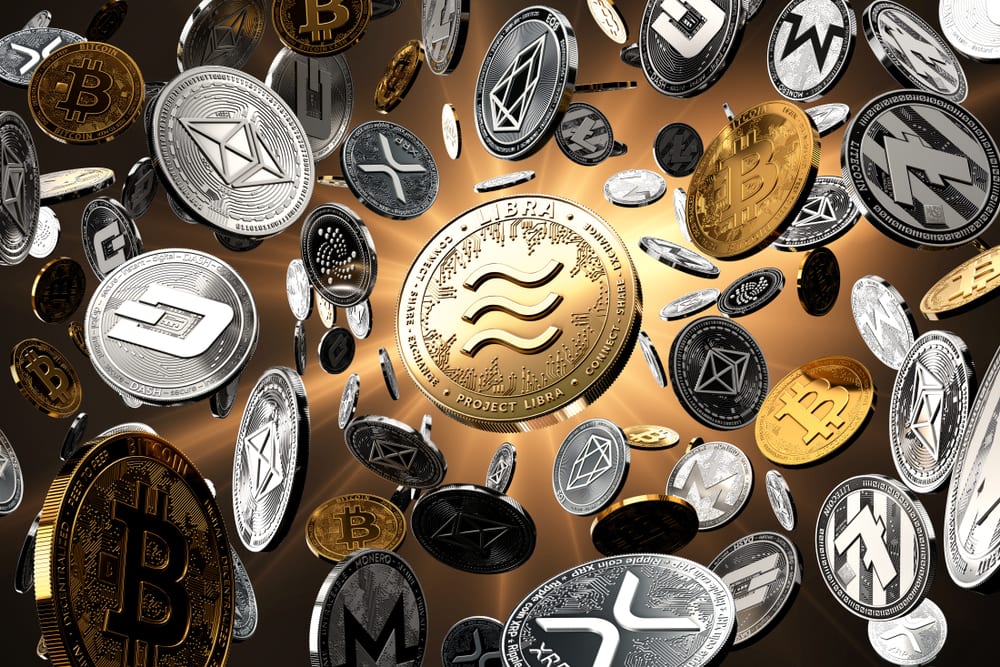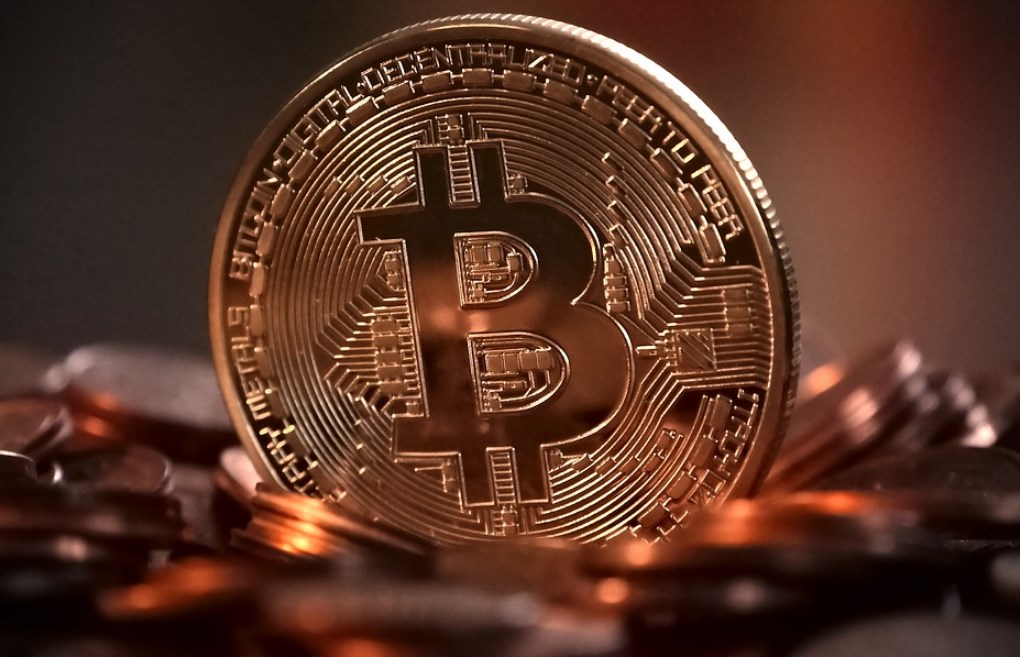We’ve come a long way in the world of technology and finance. We’ve gone to having little to no tools to manage our investments and transactions, entire markets, and advanced financial instruments. We live in a dynamic world that changes by the second. One of the best things about this is that it’s continuously changing sphere is also one of the worst things. As changes can lead to new opportunities and insights, changes can also make you vulnerable to merciless business environments.
They can expose many flaws and come up with threats. We started off having physical cash and banknotes to go about with our work and daily transactions. The world never stays the same, though, and as we said, and hence changes with time. The transactions got more complicated and more voluminous to handle and were just a lot of shabby handling with that much paperwork and whatnot. It is essential to understand that we consistently persevere to change for the better. With the introduction of computers, we were open to a new world that we previously did not know anything about.
About 70 years later, we’ve been doing groundbreaking work in the field of finance, medicine, cybersecurity, and general technology. It is essential to understand that this was not a one-night success, and we had to go through a lot to achieve what we have currently. One of the brainchildren from this technological safari was Bitcoin. This ushered in new technology and an era in finance that is only getting better by the moment. Visit bitcoinscodepro.com/se to know more about bitcoins and cryptocurrency. In this article, we’ll talk about bitcoins and altcoins and the correlation between them both. With that being said, without any further ado, let’s get into this!
History Of The Altcoins

Source: plagijator.com
We’ll start by giving you a sense of the sheer number and variety of altcoins that have launched since Bitcoin began. Bitcoin was first launched in January 2009, and it wasn’t for two years till the middle of 2011 that the first Bitcoin-like derived system named quayne was launched.
In the following months, a handful of other altcoins were launched, and the rate of altcoin launched but didn’t pick up until near 2013. At the current time, several altcoins are launched every week, and we’re going to focus on only a few of the oldest and most well-established altcoins and talk about them more now there’s between say 150 and 500 altcoins have been launched in total. Visit this site to know more about altcoins and the multitude of them that you can invest in.
This varies depending on what Kuhn you consider a launch of an altcoin. Some vault coins are launched, and perhaps their codes released, but their Genesis block hasn’t been created yet, so mold Quinns have been launched but then died very quickly after their launch. Our entire point is that we’re telling you that many altcoins are still lesser in the market cap than bitcoin, and it isn’t even a competition. Moreover, it is essential to know that Bitcoin paved the way for many altcoins throughout the period.
What Are Altcoins?

Source: theconversation.com
Well, the easy way to put it is altcoins are all the other coins that are not bitcoin. Think of it this way. Imagine bitcoin is the queen bee, and all the other bees follow the queen’s steps and actions to a certain extent. Altcoins work like bitcoin in a decentralized blockchain, but they can have different use, cases, and features than bitcoin. The technology is the same, but it’s applied differently. Altcoins nowadays have better technology than bitcoin, but because bitcoin was the first, it’s the one that everyone looks up to. Bitcoin is looked at today as a store of value and a way of moving money around.
While many of the other coins have different technologies, there’s something that you should know. Bitcoin tends to set the trend for all the other altcoins. Altcoins make around 40 to 50 of all the crypto market, and the rest is bitcoin. So bitcoin is usually, most of the time, more prominent than all the other altcoins combined, but right now, bitcoin is the main one. It’s the dominant one, and so most of the time, when bitcoin goes up, altcoins go up. When bitcoin goes down, altcoins go down.
There are a few exceptions, but most of the time, that’s what you see. So why do people love altcoins? Well, the thing is that bitcoin is already huge. The market cap is around a trillion, so for bitcoin to double its price, we need to see almost another trillion dollars on top of it, and that’s not easy that we need a lot of new money in the market to see that happening.
Price Relation Scenarios Between Altcoins And Bitcoins

Source: pixabay.com
There are a few different scenarios that happen with price movements regarding Bitcoin and altcoins. Bitcoin increases in price while altcoins depreciate. This is evidence that most people selling their altcoins experience it. Moving into Bitcoin, there’s a scene where everything is pumping, meaning that new money flows into the entire cryptocurrency space. Many cryptocurrencies are benefiting or, say, after a price pump seen with Bitcoin, the altcoins will have a delayed positive price action.
In this case, this happens when people choose to take some profits seen with Bitcoin and move them into other cryptocurrencies. This is because they hope to see an additional pump in price. One piece of valuable information to remember is that anything or anyone claiming to use historical data as their primary evidence to support their viewpoint that is calling for a specific price movement can and most likely will be very mistaken.
The reason is that Bitcoin and cryptocurrency are still a very new asset class, but it also does not offer very much depth. Regarding historical data, not to mention the very nature of this new asset, the class itself is brand-new, and we have yet to see its full scope of disruption.



